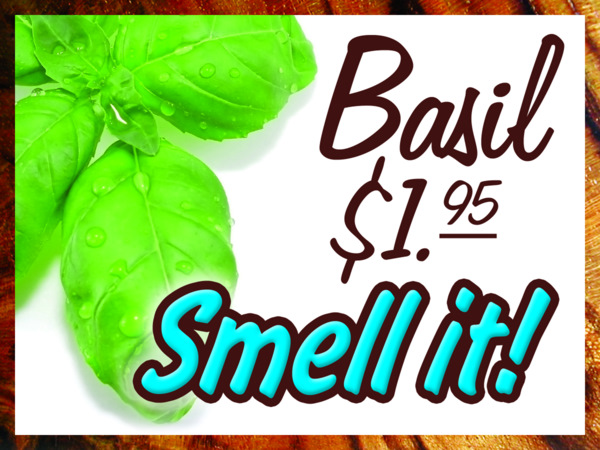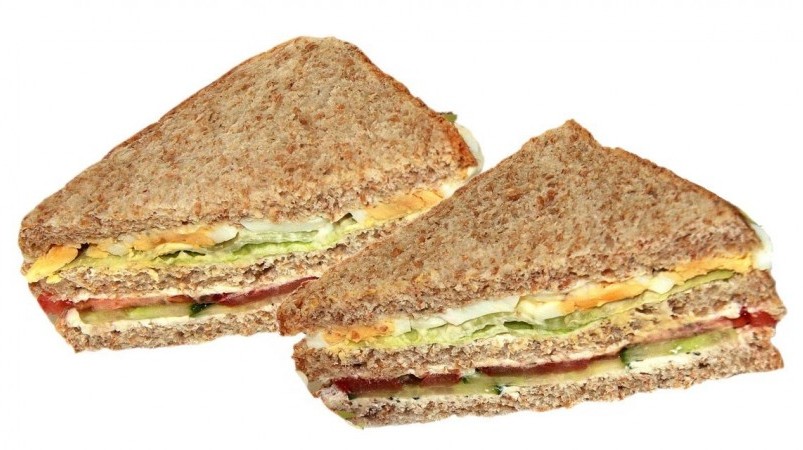Once a customer holds something in their hands, they are four times more likely to buy it.
Many times it is the sign that gets them to stop and take notice, and then to interact with the product. This is the key. To convince passersby to look more closely, or better yet to pick it up!
When used in retailing, signs are often referred to as “silent salesmen.”
Small signs placed by your work can tell the story of what you make, or suggest the benefit of your products. They send nonthreatening, pressure-free messages to your customers. If the signs are effective, buyers won’t miss the message. When the signs work, there is no doubt that your sales will increase.
So what makes a sign effective?
Signs that appeal to the senses and involve the customers in noticing or experiencing an item are key—to make customers literally see, touch, smell, hear or taste (when appropriate) an object.
Effective signs are often statements of the obvious. Here is an example:
Moreno Wool Blankets
$78
The softest blankets you will ever feel!
When a customer reads this, their first reaction is to touch the blanket. Soon they realize that they are the softest they have ever felt. The sign has made the customer feel differently about the product.
I was talking about this topic to a group of farmers market venders in Oregon a few years back. An herb grower took my advice and used this sign:
Basil
$1.95
Smell it!
With this sign, he was able to more than double his weekly basil sales.
It is so simple, yet so effective! It may be a statement of the obvious to the farmer who picks the basil, but to the customer, the smell of fresh basil can be irresistible! The sign tells the customer what to do and many will respond.
Whenever you get customers to use their senses, your sales will go up.
About the Author: Bruce Baker is a Senior Columnist for The Crafts Report. This post is an excerpt from the article, “Boost Your Sales With Effective Signs.”






